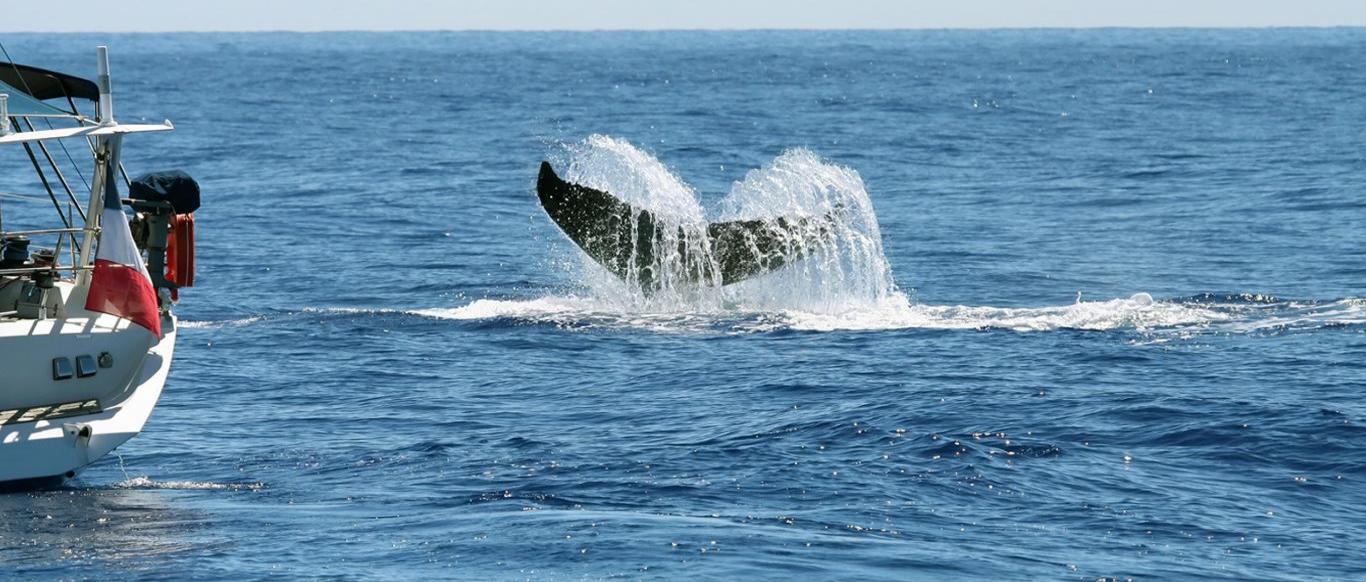Primary Causes of Boating Fatalities and How to Prevent Them
Boating is a popular recreational activity enjoyed by millions around the world. However, as with any outdoor pursuit, it comes with inherent risks. Understanding the primary causes of boating fatalities is crucial to ensuring the safety of all on board. This article will discuss the main factors contributing to boating fatalities and provide practical tips to mitigate these risks.
Lack of Personal Flotation Devices (PFDs)
One of the leading causes of boating fatalities is drowning, which often occurs due to a lack of proper personal flotation devices. A PFD, commonly known as a life jacket, is a critical piece of safety equipment designed to keep individuals afloat in the water. Ensuring that all passengers wear a PFD, regardless of their swimming ability, can significantly reduce the risk of drowning.
Prevention tip: Always have enough PFDs on board for every passenger, and make sure they are the correct size and in good condition. Encourage everyone to wear their PFD while on the water, even when the boat is stationary.
Alcohol Consumption
Alcohol is another major factor contributing to boating fatalities. Consuming alcohol impairs a boater's judgment, balance, and reaction time, increasing the likelihood of accidents. Boating under the influence (BUI) is illegal and can lead to severe penalties, including fines, imprisonment, and suspension of boating privileges.
Prevention tip: Avoid consuming alcohol while boating or appoint a designated sober operator. Always be aware of local laws and regulations regarding alcohol consumption on the water.
Operator Inexperience and Lack of Education
Inexperienced or untrained boat operators are more likely to make mistakes that can result in accidents and fatalities. A lack of knowledge about boating safety, navigation, and local waterway regulations can contribute to dangerous situations on the water.
Prevention tip: Take a boating safety course to learn essential skills, including navigation, emergency procedures, and safe boating practices. Many countries and states require boaters to complete a safety course before operating a boat, so check your local requirements.
High-Speed Boating
High-speed boating increases the risk of collisions, capsizing, and passengers being ejected from the vessel. Excessive speed reduces the time available for the operator to react to obstacles, other vessels, or changing water conditions.
Prevention tip: Always operate your boat at a safe and controlled speed, taking into consideration the water conditions, visibility, and surrounding traffic. Be aware of speed limits in designated areas.
Poor Weather Conditions
Adverse weather conditions, such as high winds, storms, or fog, can increase the likelihood of boating accidents. Limited visibility, choppy water, and strong currents can make it challenging for even experienced boaters to maintain control of their vessels.
Prevention tip: Always check the weather forecast before heading out on the water and be prepared to adjust your plans if necessary. If you encounter poor weather while boating, reduce your speed, turn on navigation lights, and head for shelter if it is safe to do so.
Understanding the primary causes of boating fatalities is essential for anyone who spends time on the water. By taking proactive measures to mitigate these risks, such as wearing PFDs, avoiding alcohol consumption, obtaining proper education, operating at safe speeds, and monitoring weather conditions, boaters can significantly reduce the likelihood of accidents and fatalities. Remember that safety should always be the top priority, ensuring that everyone can enjoy their time on the water.



